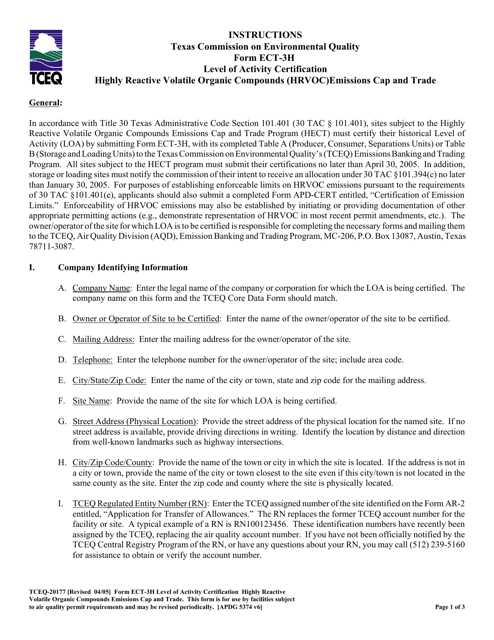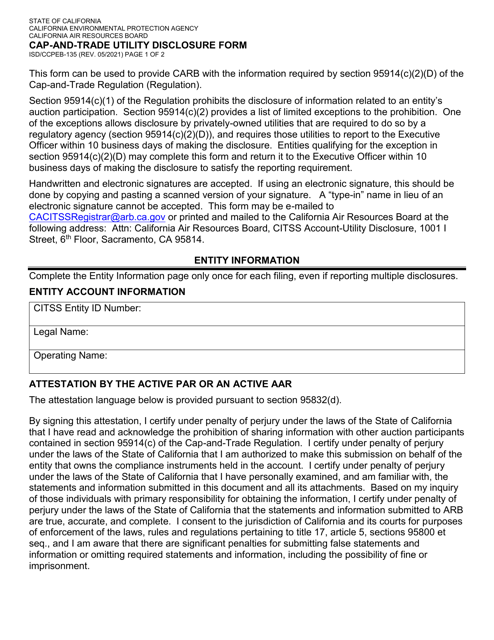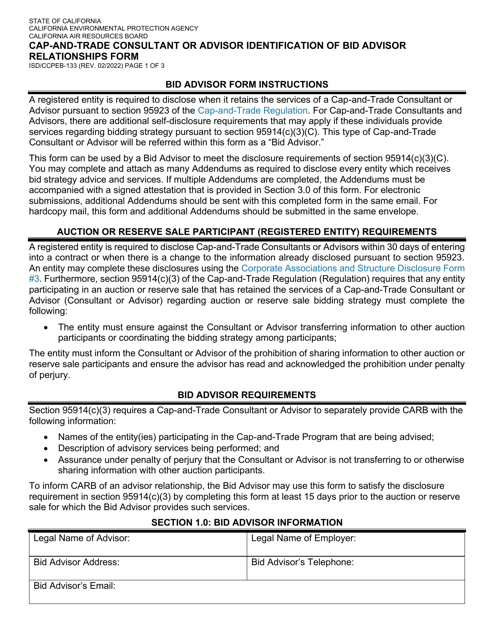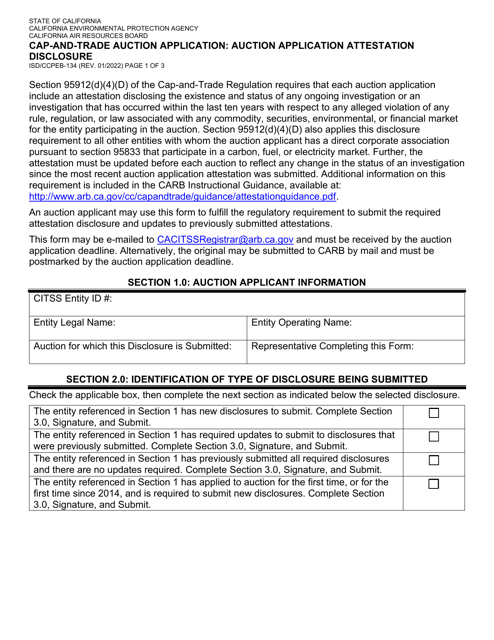CAP and Trade Templates
Cap and trade, also known as emissions trading, is a policy tool used to mitigate greenhouse gas emissions. Under a cap and trade system, a limit or cap is set on the total amount of emissions allowed in a specific industry or region. This cap is divided into individual allowances, which represent the right to emit a specific amount of greenhouse gases.
Participants in the cap and trade program are required to hold enough allowances to cover their emissions. However, they also have the flexibility to buy and sell allowances on the open market. This creates a market-based mechanism where companies that can reduce emissions at a lower cost can sell their surplus allowances to those that face higher costs in reducing emissions.
Cap and trade programs are implemented through various documents and forms. For example, in Texas, the Form ECT-3H (TCEQ-20177) Highly Reactive Volatile Organic Compound Emissions CAP and Trade Level of Activity Certification is used to certify the level of activity for participating entities. In California, the Form ISD/CCPEB-135 CAP-And-Trade Utility Disclosure Form is required for utilities to disclose their participation in the cap and trade program.
The cap and trade system provides several benefits. It incentivizes companies to reduce emissions by creating a financial cost for exceeding the emission allowances. It also provides flexibility for companies to find the most cost-effective way to reduce emissions, encouraging innovation and efficiency. Furthermore, the revenue generated from the sale of allowances can be reinvested into initiatives that further reduce emissions or support affected communities.
Implementing a cap and trade system requires a comprehensive understanding of the regulations and reporting requirements. It is important for businesses and organizations to stay informed about the latest changes and updates to ensure compliance. The various forms and documents related to cap and trade serve as essential tools for participants to monitor and manage their emissions.
If you are a participant in a cap and trade program, it is crucial to familiarize yourself with the specific forms and documents required in your jurisdiction. These documents provide the necessary framework for accurate reporting and compliance. Make sure to consult with regulatory agencies or seek professional advice to navigate the cap and trade system effectively.
Investing in a cap and trade program not only helps address climate change but also provides long-term benefits for businesses and communities. By reducing emissions, companies can improve their environmental performance, enhance their reputation, and potentially gain a competitive advantage in a carbon-constrained future. Embracing the principles of cap and trade is an important step towards a sustainable and low-carbon economy.
Documents:
5
This form is used for certifying the level of activity for highly reactive volatile organic compound emissions in Texas under the CAP and Trade program.
This form is used for disclosing utility information related to the cap-and-trade program in California. It provides details on carbon emissions and compliance with environmental regulations.




